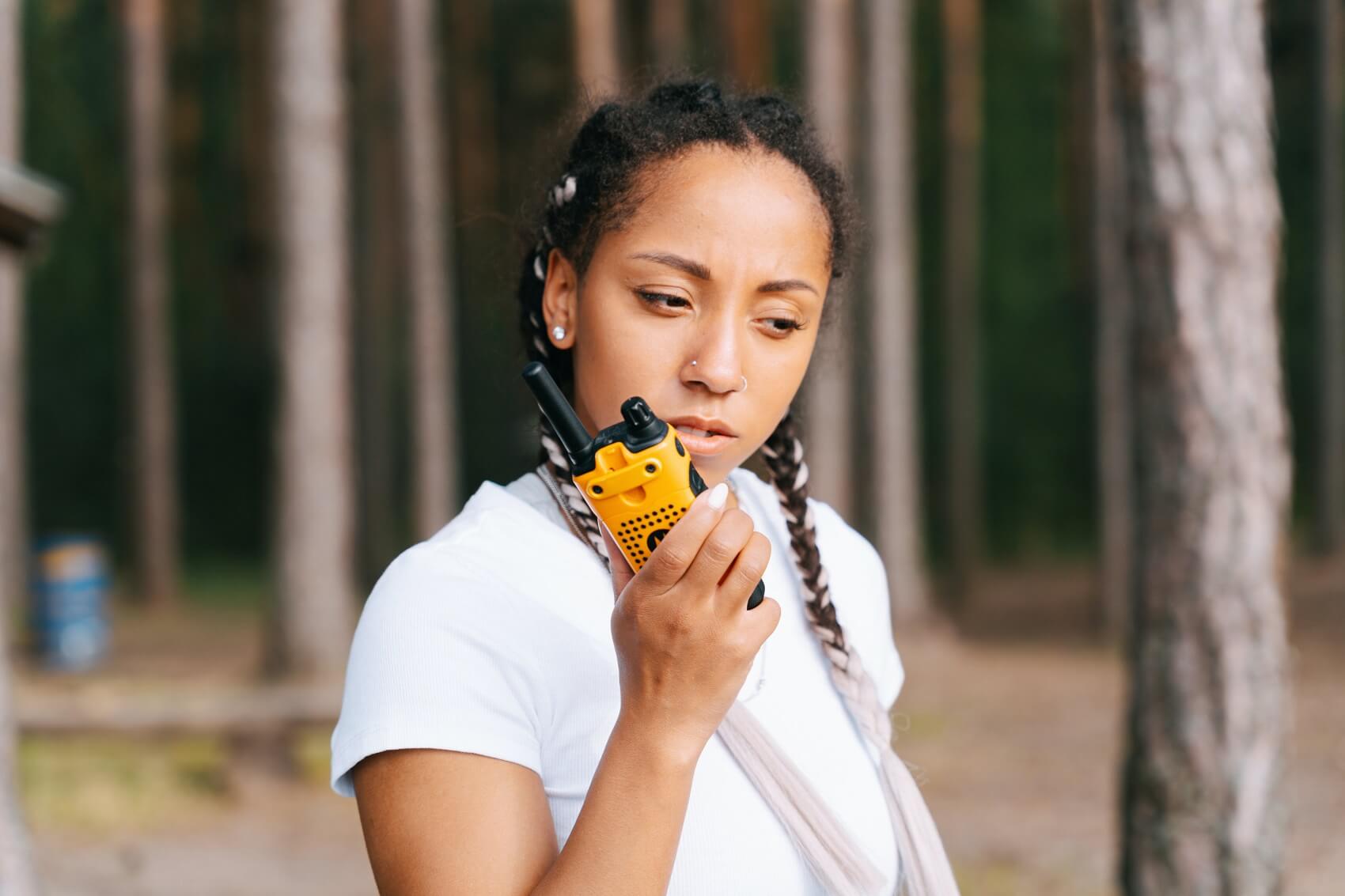Communication is the backbone of any successful workplace. Being able to reach your team quickly and reliably is crucial across a variety of industries. That’s why two-way radios are often depended on to provide greater efficiency, safety, and collaboration.
Radio Communications of Virginia (RCV) understands the importance of quality two-way radios, which is why we’ve been providing Motorola radios for decades. So, how do you choose the right Motorola two-way radio for seamless communication in your workplace? Let’s find out! Contact us with any additional questions you may have.
Choosing the Right Two-Way Radio
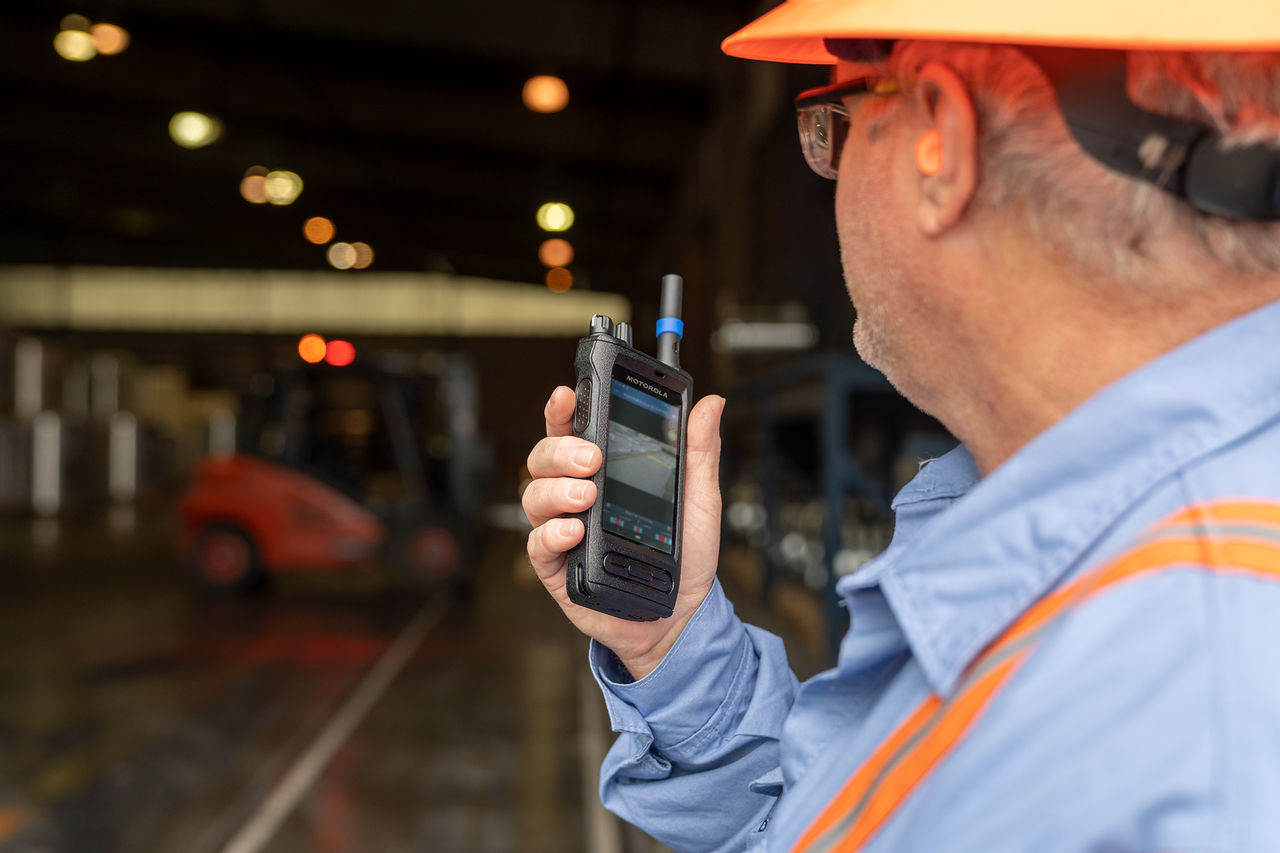 Different industries have unique communication requirements, and two-way radios have proven to be indispensable tools for professionals in various fields. Whether it’s ensuring public safety, enhancing healthcare coordination, or streamlining the manufacturing processes, having the right two-way radio can significantly improve your overall productivity. Let’s look at some of the best radios for industry professionals:
Different industries have unique communication requirements, and two-way radios have proven to be indispensable tools for professionals in various fields. Whether it’s ensuring public safety, enhancing healthcare coordination, or streamlining the manufacturing processes, having the right two-way radio can significantly improve your overall productivity. Let’s look at some of the best radios for industry professionals:
Public Safety/Security
Law enforcement, security personnel, and first responders rely on instant communication to coordinate a response and react quickly to critical situations. The Motorola APX series offers useful features like encrypted communication and GPS tracking, so dispatch can keep the lines clear and get a team on the way in no time.
Healthcare
In the fast-paced healthcare environment, quick communication can be a matter of life and death. Radios like the Motorola CLP Series offer discreet and hands-free options, allowing medical professionals to communicate seamlessly without compromising patient care.
Hospitality
The hospitality industry is all about providing great service. Between its compact design and crisp, clear digital audio, the Motorola DLR Series is a smart pick for hotel staff, guest services, restaurant managers, and more.
Manufacturing
Manufacturing facilities require durable radios that workers can hear loud and clear to help maintain safety standards. With the Motoroal XPR Series, features like noise cancellation, a conveniently long battery life, and radios that built as tough as the people who them, can help manufacturers get the job done.
Retail
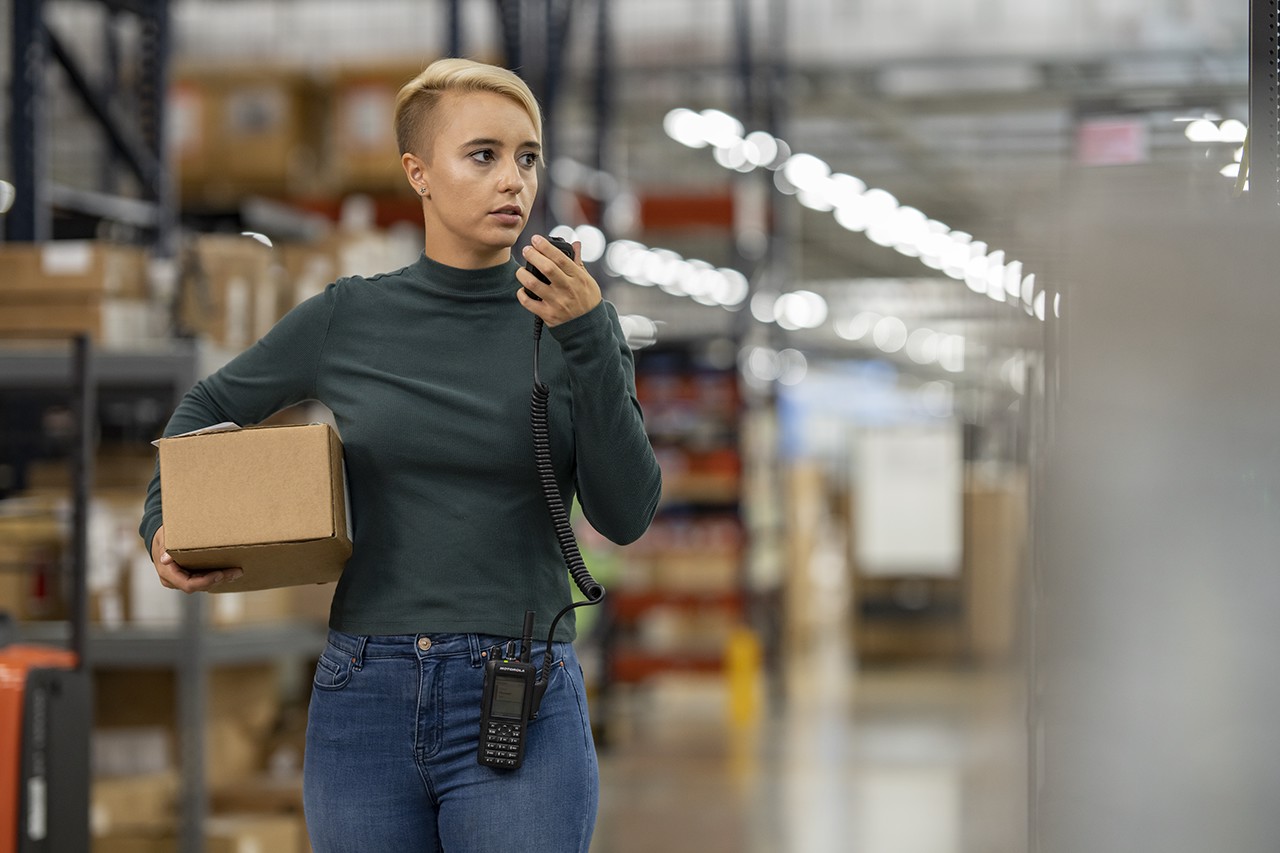 Retail operations require instant communication to enhance customer service and prevent shoplifting. The Motorola CLS Series provides a lightweight, easy-to-use solution for retail staff, which allows for quick response times and efficient teamwork.
Retail operations require instant communication to enhance customer service and prevent shoplifting. The Motorola CLS Series provides a lightweight, easy-to-use solution for retail staff, which allows for quick response times and efficient teamwork.
Schools
In educational institutions, communication is vital for coordinating events, ensuring student safety, and responding promptly to emergencies. Radios like the Motorola DTR Series offer school administrators reliable communication with a range that can reach every corner of campus.
Two-Way Radio Rentals & Support From RCV
RCV offers Motorola two-way radio rentals to all sorts of professions. Additionally, we also boast a team of experienced technicians who are ready to assist with recommendations. That way, you’ll find the perfect two-way radio for your needs.
Plus, the support extends beyond purchases and rentals. RCV provides dependable service and troubleshooting assistance to keep communication systems running seamlessly.
Order The Two-Way Radio That’s Right For You
With a commitment to excellence and a deep understanding of the diverse needs of different industries, RCV is an authority on two-way radios and commercial contracts. Order now and experience the unparalleled reliability of Motorola communication devices through Radio Communications of Virginia.

 Depending on the emergency, pinpointing the location of all your workers may be essential. Your two-way radio lets you reach out to everyone instantly, and they can reply with their location. However, what happens if someone is unresponsive?
Depending on the emergency, pinpointing the location of all your workers may be essential. Your two-way radio lets you reach out to everyone instantly, and they can reply with their location. However, what happens if someone is unresponsive?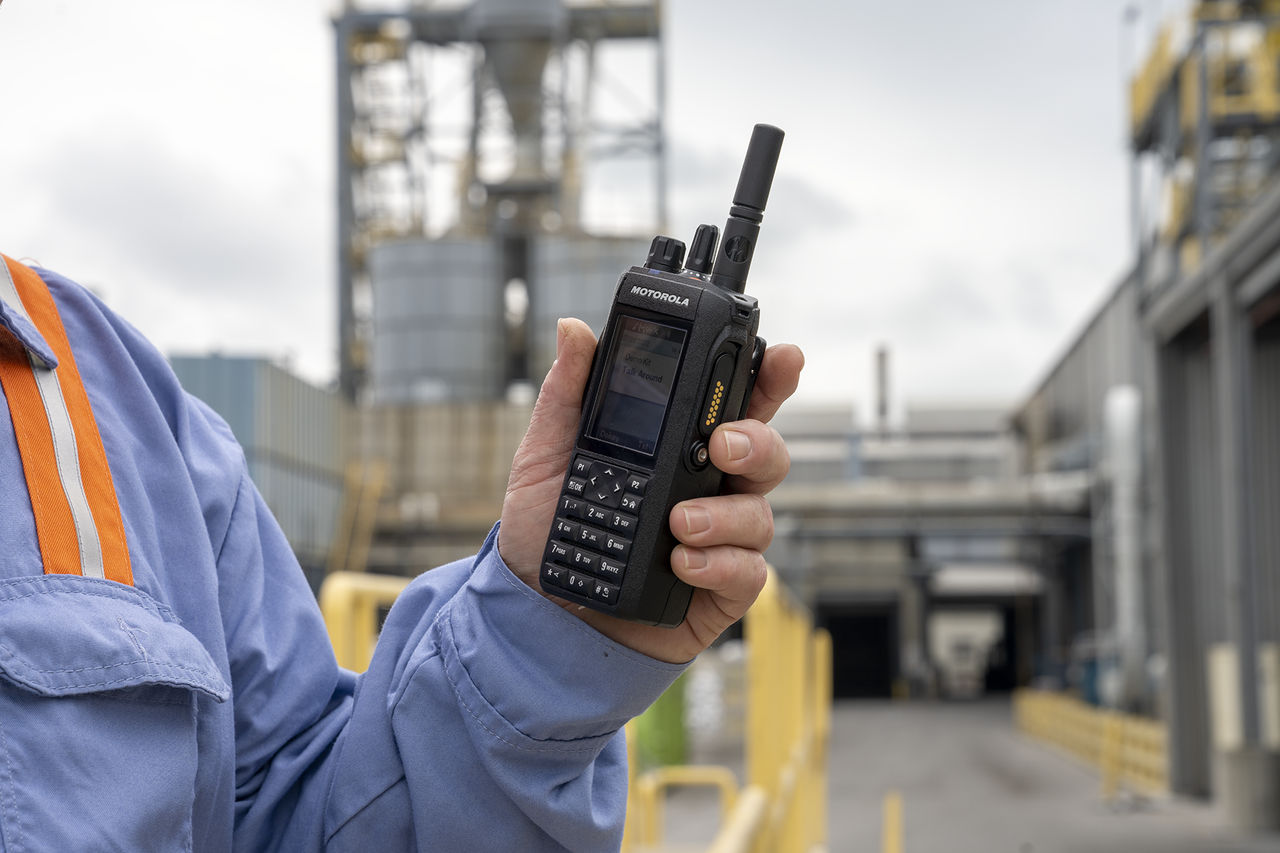
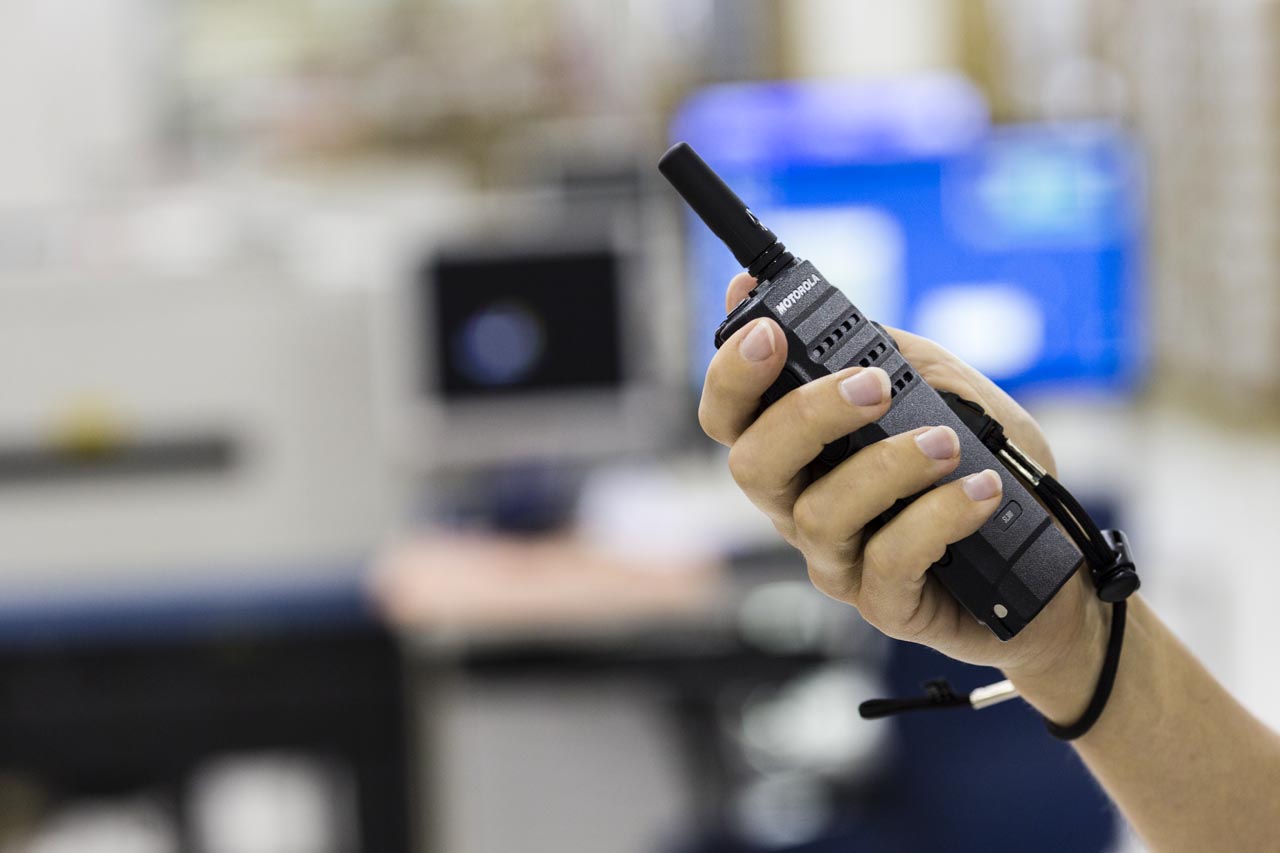
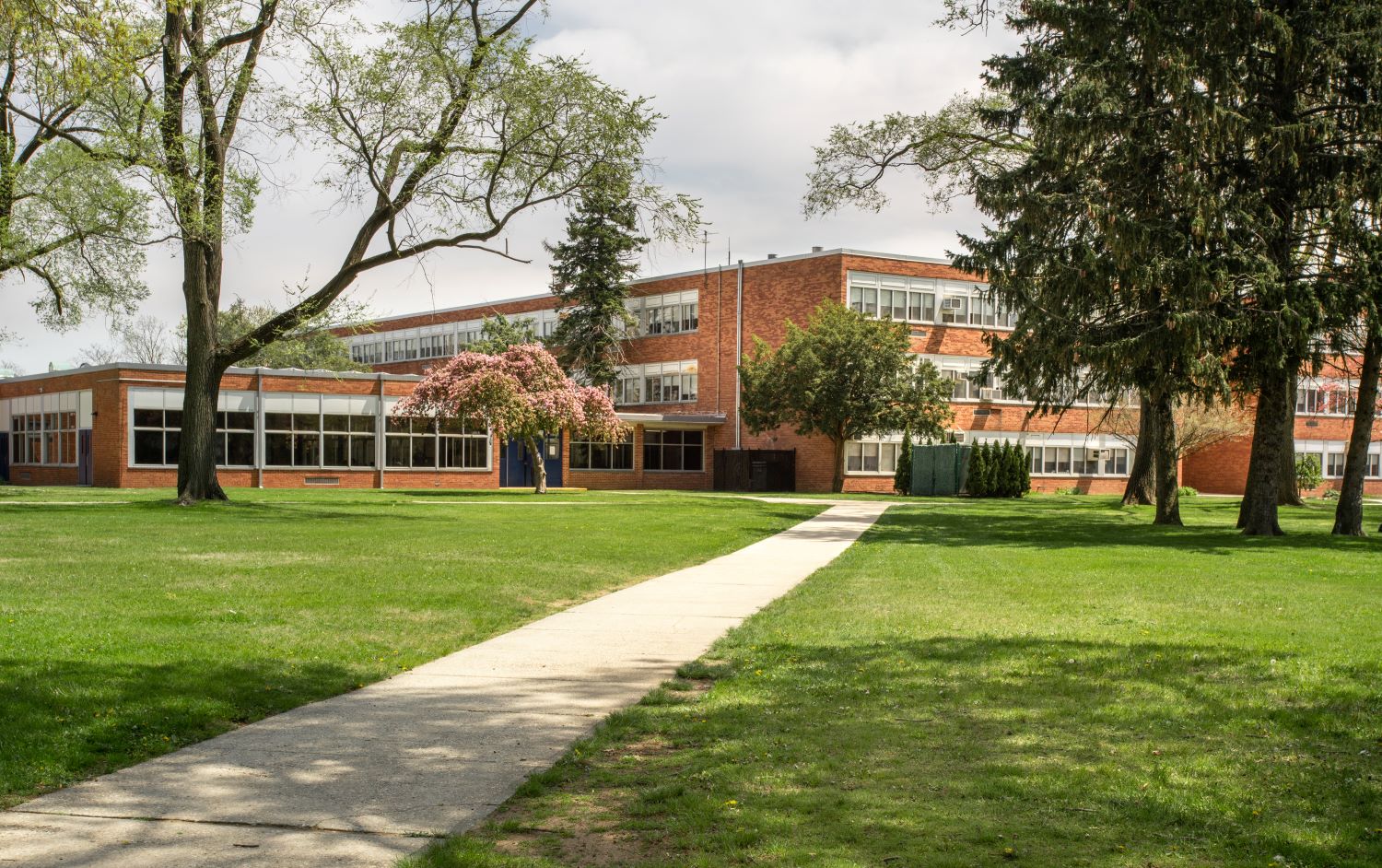 When eyes are spread across campus, your team can act as one by staying in touch via radio. This fast way of communication is a great way to pass on a message and ensure that it is being received in real time.
When eyes are spread across campus, your team can act as one by staying in touch via radio. This fast way of communication is a great way to pass on a message and ensure that it is being received in real time.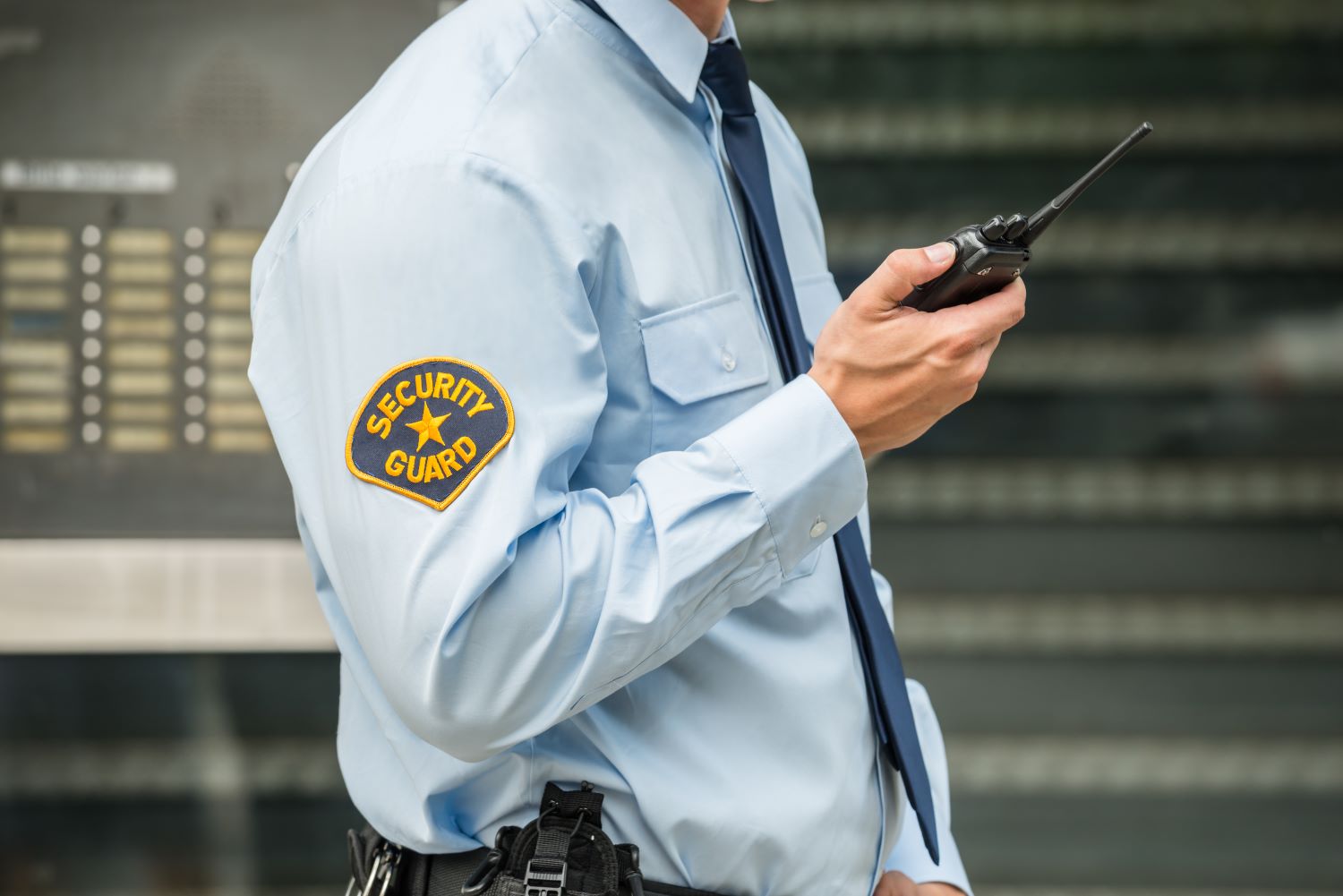 Over the last 60 years of being a leading
Over the last 60 years of being a leading 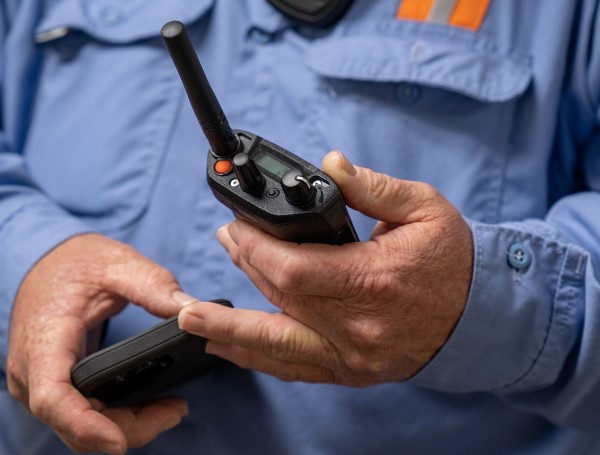 The Mag One BPR40 is lightweight and compact, making it easy to carry. The radio is about 4.21 inches high and weighs a maximum of 11.08 oz with the NiMH battery. A tricolor LED toward the top of the radio lets you know the battery levels and radio status with a simple glance.
The Mag One BPR40 is lightweight and compact, making it easy to carry. The radio is about 4.21 inches high and weighs a maximum of 11.08 oz with the NiMH battery. A tricolor LED toward the top of the radio lets you know the battery levels and radio status with a simple glance.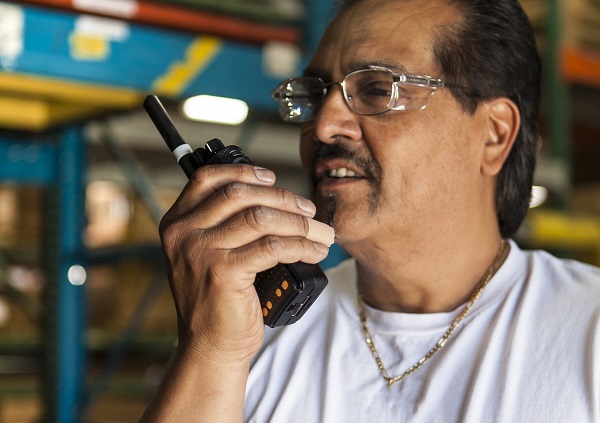 Like all equipment your team might use, radios may get dropped or knocked into objects. Its durability is essential to getting the job done.
Like all equipment your team might use, radios may get dropped or knocked into objects. Its durability is essential to getting the job done.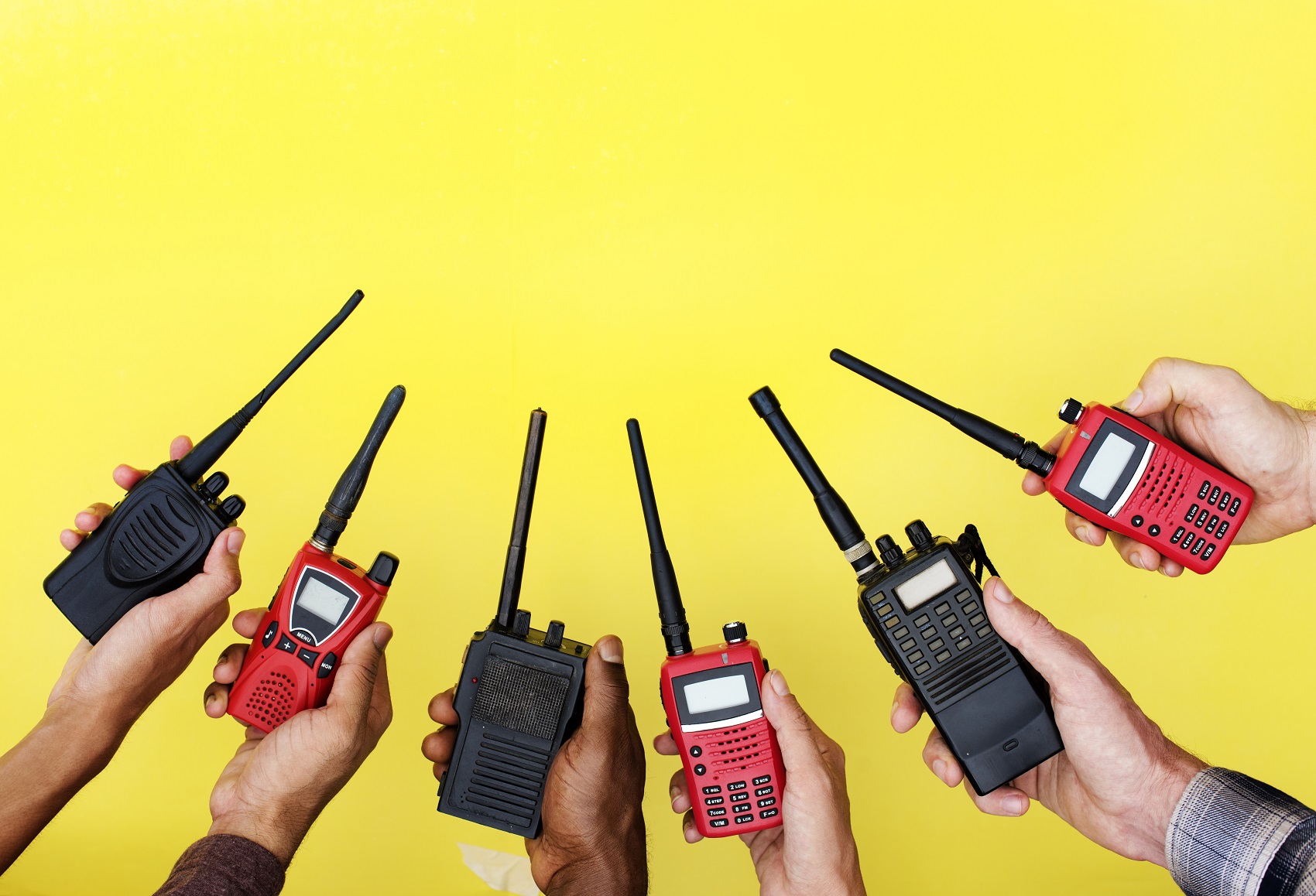 Real-time communication is essential when dealing with a public safety situation. Your team needs to communicate with each other without delay to respond to events as they’re happening.
Real-time communication is essential when dealing with a public safety situation. Your team needs to communicate with each other without delay to respond to events as they’re happening.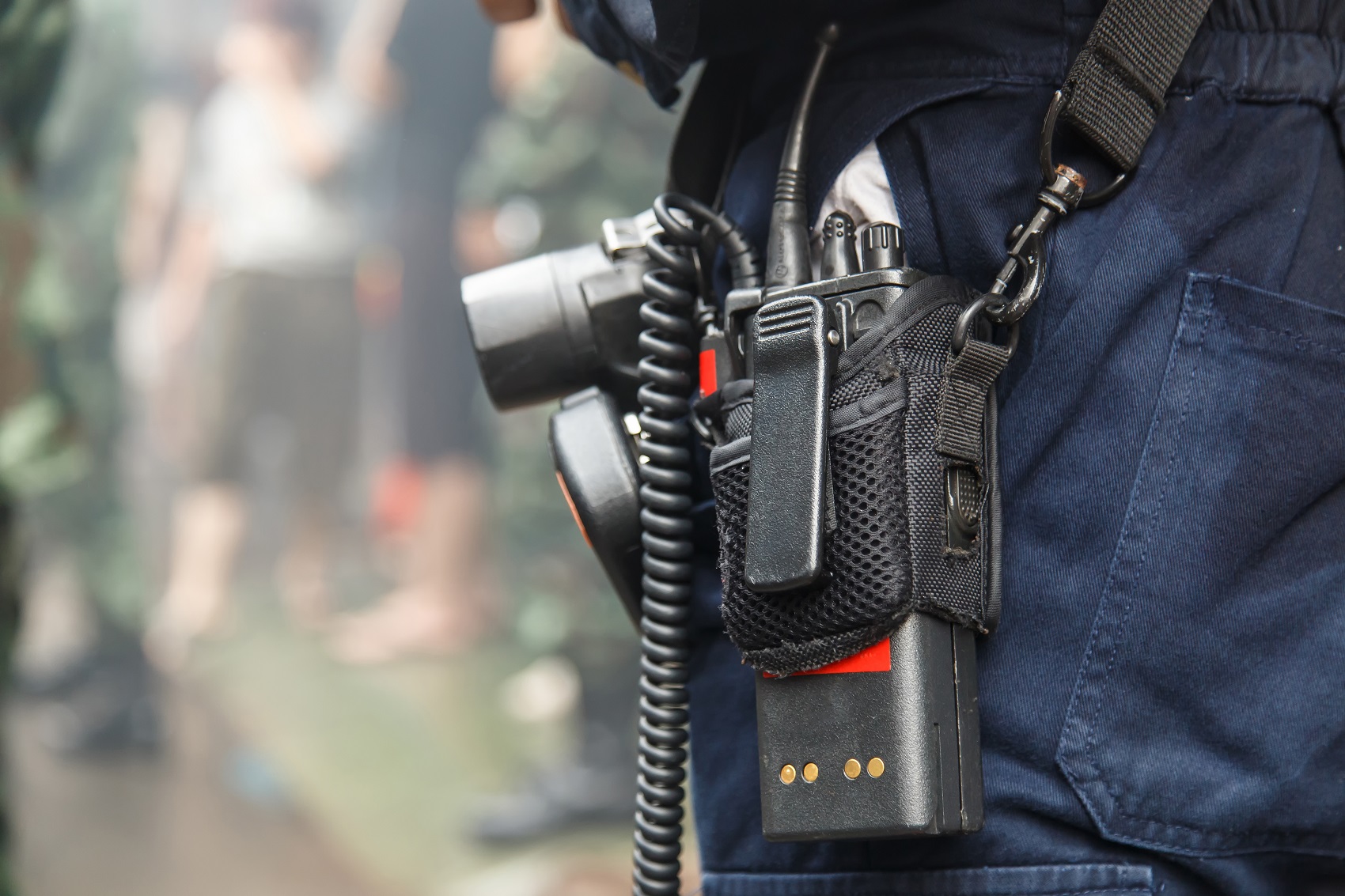 Motorola radios are designed to keep up with the bumps and drops of daily life. In a public safety situation, your team may be in harsh or unexpected environments and need to rely on a radio that can function correctly. Some durability you may find with Motorola radios include dust, water, and drop resistance.
Motorola radios are designed to keep up with the bumps and drops of daily life. In a public safety situation, your team may be in harsh or unexpected environments and need to rely on a radio that can function correctly. Some durability you may find with Motorola radios include dust, water, and drop resistance.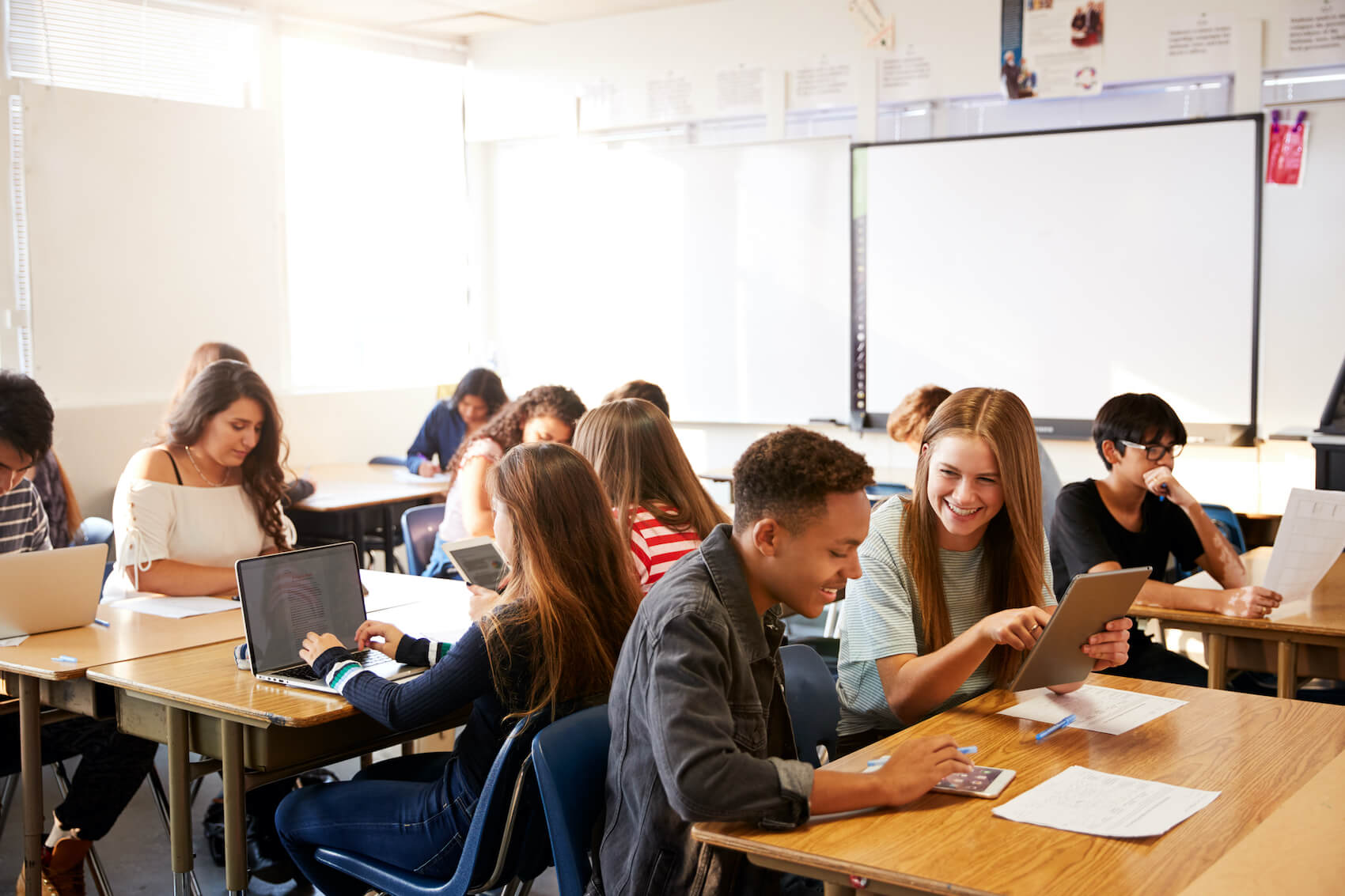 Walkie-talkies can be part of a school safety plan that helps children and staff stay safe. Since these radios allow for consistent and real-time communication, staff can report incidents or security concerns as they happen. This will enable administrators to contact first responders or provide additional support for the incident.
Walkie-talkies can be part of a school safety plan that helps children and staff stay safe. Since these radios allow for consistent and real-time communication, staff can report incidents or security concerns as they happen. This will enable administrators to contact first responders or provide additional support for the incident.